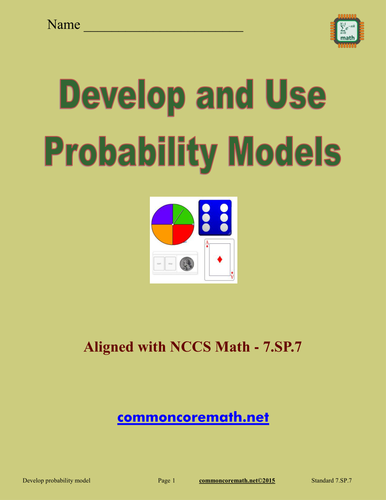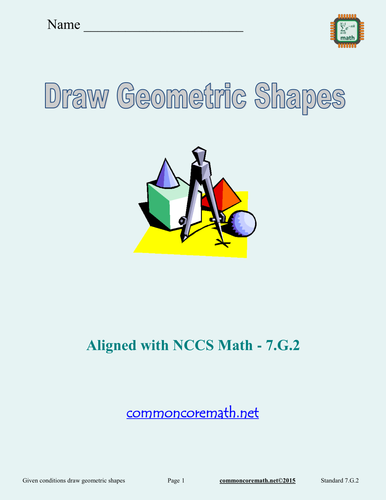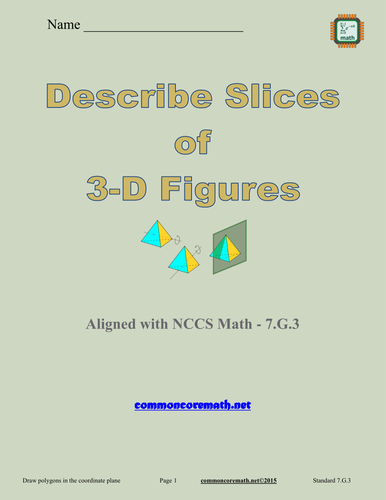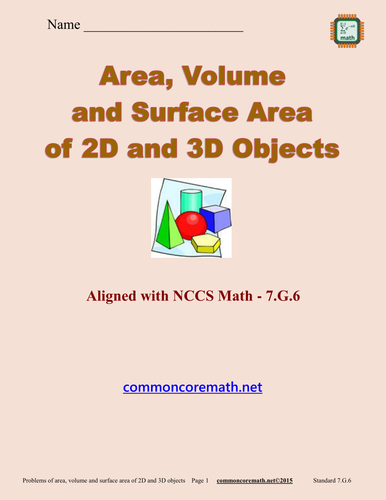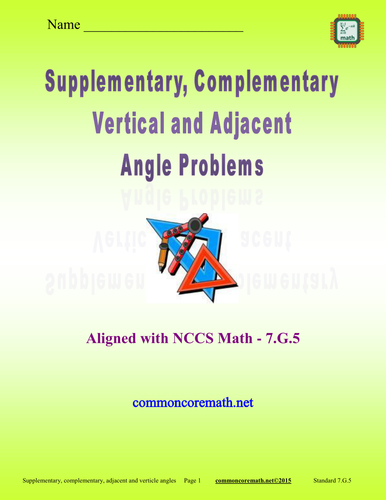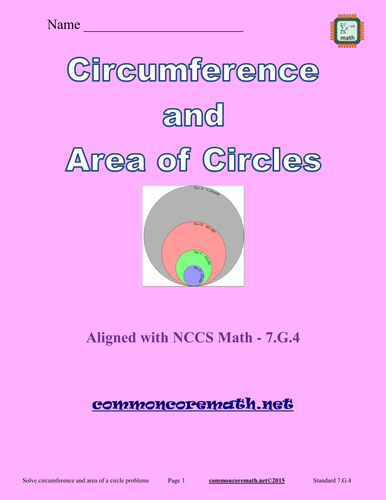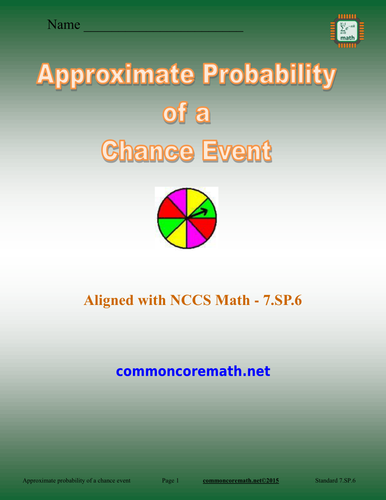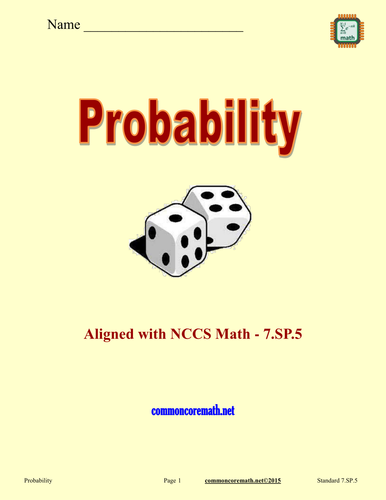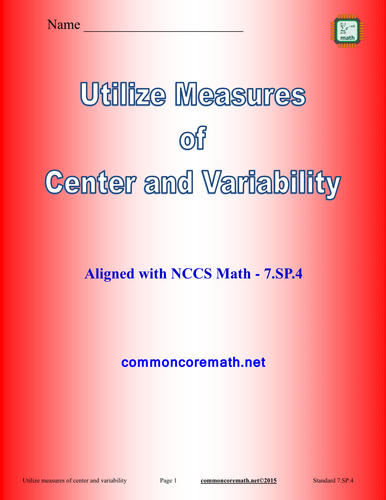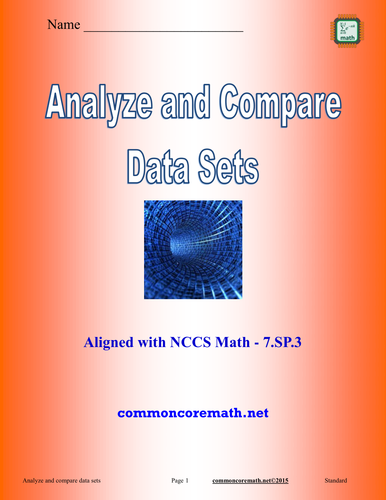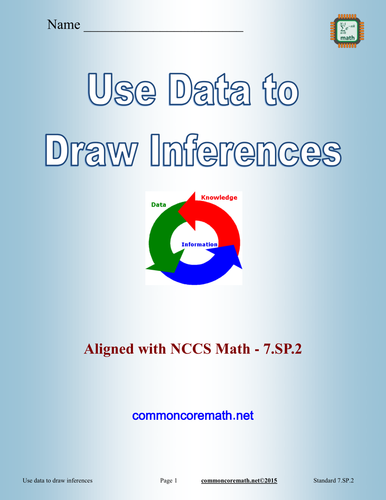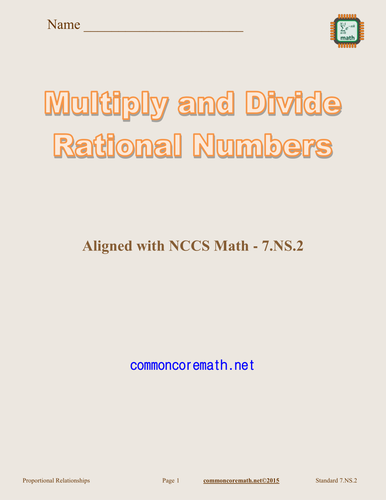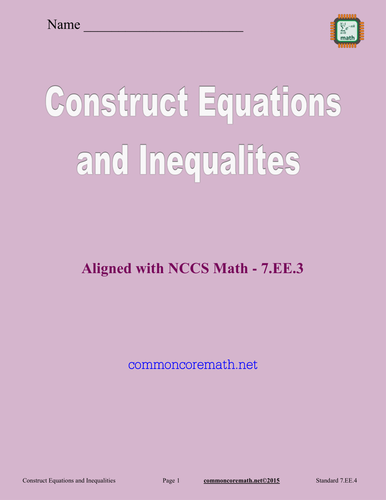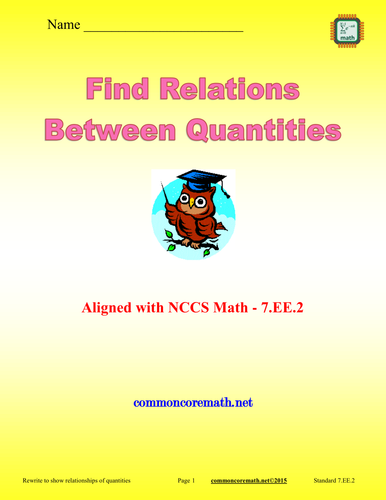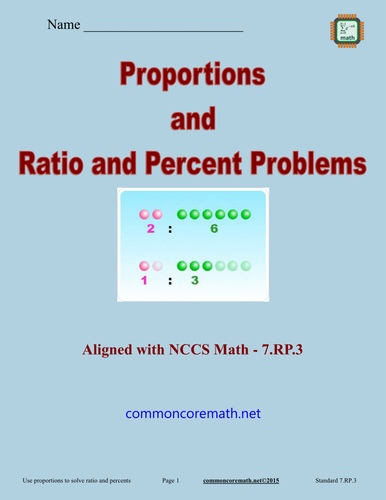Common Sense Math Products
Materials found here will focus on a common sense approach to teaching the NCC Math Standards. I believe standards are valuable and should serve as a "teaching roadmap." Lessons should be based on measurable outcomes derived from grade level standards. Multiple intelligences should always be considered during lesson design. Cooperative learning, hands-on lessons and maximum use of available technology are keys to holding a students attention; key to passing on knowledge.




